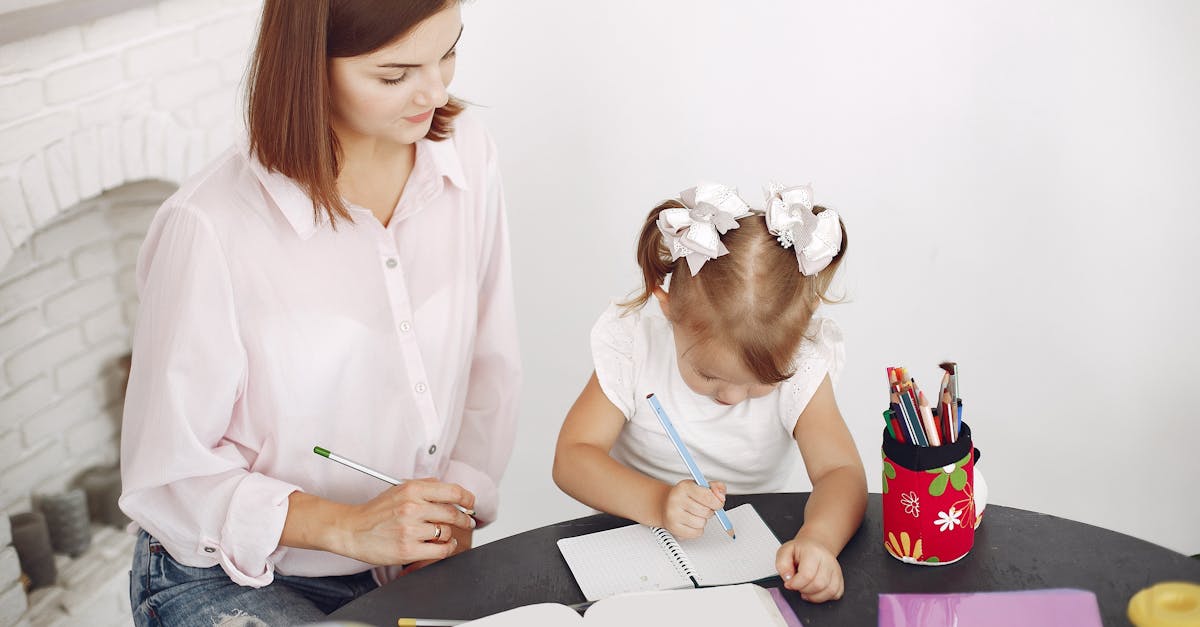Understanding Tantrums: More than Just Noise
Let’s face it, a tantrum can rival a rock concert in volume! Understanding the roots of these outbursts is key. Tantrums are often a child’s way of expressing frustration, tiredness, or hunger. Recognizing this can help parents view these episodes as opportunities for teaching emotional intelligence.
Instead of reacting with frustration, learn to identify triggers and respond with empathy. Picture yourself as a detective, solving the mystery of your child’s emotions. By understanding the ‘why’, you’re better equipped to handle the ‘how’.

Here are some tips to help you manage tantrums:
- Recognize triggers: Pay attention to the common causes of tantrums.
- Stay calm: Your reaction sets the tone for the situation.
- Teach emotions: Help your child learn to express their feelings verbally.
- Set boundaries: Consistency helps children feel secure.
Remember, tantrums are a normal part of childhood development. By approaching them with understanding and patience, you can help your child develop important emotional skills.
Self-Reflection: A Powerful Tool for Growth
Self-reflection might sound like a big word for little kids, but it’s a fundamental skill. After the storm has passed, gently talk to your child about what happened. Encourage them to play detective of their own emotions.
Questions like, ‘What made you feel that way?’ help kids connect actions with feelings. Don’t forget to share your reflections too — ‘I felt worried when I saw you were upset.’ This models self-awareness and teaches kids to become better communicators.

Teaching Forgiveness: Building Emotional Resilience
Teaching forgiveness isn’t easy, even for adults! Yet it’s essential for emotional health and relationships. Here are some effective ways to introduce the concept of forgiveness to children:
- Introduce the idea that mistakes are opportunities to learn.
- Use playful analogies, like comparing mistakes to pencil art – sometimes messy but fixable with an eraser.
- Show your child how to forgive themselves first, paving the way for forgiving others.
- Ensure they understand that forgiving is a personal gift, not something they do just for others.

By incorporating these ideas into your teaching, you can help foster emotional resilience in your child through the powerful act of forgiveness.
The Power of Apologies: Repairing Relationships
Apologies can be a powerful way of mending fences. Teaching your child to apologize sincerely, without pressure, is essential.
What Makes a Good Apology?
Discuss the key elements of a good apology:
- Acknowledging the mistake
- Expressing regret
- Planning better actions for next time
Using Role-Playing
Role-playing can be effective, and might even prompt a giggle!
Lead by Example
Above all, remember: kids learn best by example. Share your experiences when you’ve had to own up to mistakes.
It’s Okay to Admit When You’re Wrong!

Fun Activities to Encourage Reflection & Forgiveness
Why not make learning forgiveness fun? Turn reflective moments into a game.
Create a ‘Feelings Detective’ Journal
Encourage kids to draw or write about their feelings in a special journal dedicated to self-reflection. This activity helps them identify and understand their emotions better.
Art Projects
Use art projects to explore emotions. Let children express their feelings through various forms of art, which can act as a therapeutic outlet.
Storytelling
Storytelling is another powerful tool. Craft stories that revolve around themes of forgiveness, allowing children to see different perspectives.
Puppet Shows
Even puppet shows can bring scenarios to life. This method makes complex emotional ideas tangible and relatable for kids.
Creative Expression
Encourage your child to creatively express what forgiveness feels like. This could be through art, writing, or role-play.
Celebrate Emotional Growth
Celebrating their emotional growth can be as simple as a high-five or a sticker! Acknowledging their efforts reinforces positive emotional development.

Sharing Stories: Inviting Reader Interaction
Now, it’s your turn! Share your most challenging tantrum tales or hilarious, unexpected apologies in the comments below. Or perhaps a time your child’s forgiveness taught you a lesson. This is a space for swapping stories and offering support. Parenting is a journey best shared, after all.
We’d love to hear how you’ve instilled the value of reflection and forgiveness in your home. Your anecdotes might just inspire another parent facing a similar challenge!

Join the conversation below!
